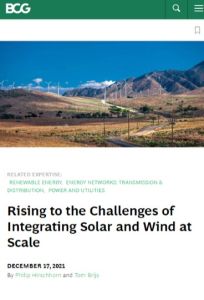
Article
Rising to the Challenges of Integrating Solar and Wind at Scale
Boston Consulting Group,
2021
Recommendation
Most people are enthusiastically in favor of ditching fossil fuels and embracing renewable energy, so what’s the holdup? Why is humankind still spewing carbon into the atmosphere? The simple answer is that the freewheeling fluctuations of renewable energy present a challenge for a power grid built with the predictability of conventional energy generation in mind. This report from the Boston Consulting Group’s Philip Hirschhorn and Tom Brijs provides a detailed analysis.
Summary
About the Authors
Philip Hirschhorn is a managing director and senior partner in the Boston Consulting Group’s Sydney office. Tom Brijs is a BCG principal based in Brussels.
By the same authors
Learners who read this summary also read
Article
Book
Book
Book
Report








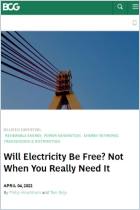


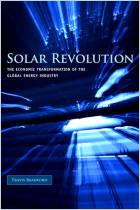

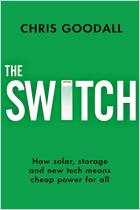



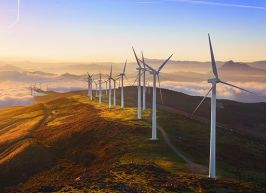

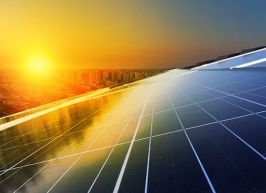
Comment on this summary or Start Discussion